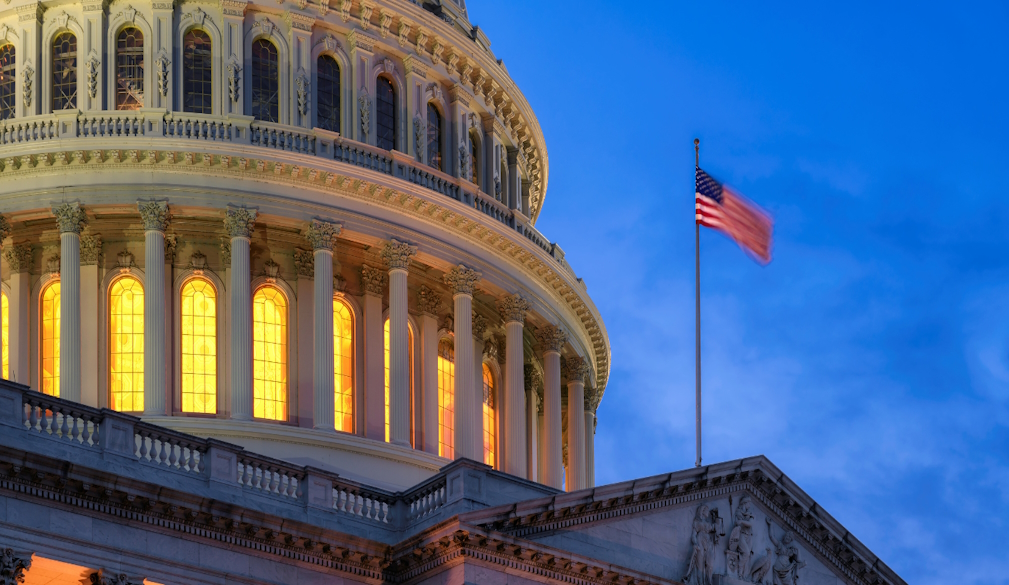Trump is reviving a tariff strategy from America’s ‘Gilded Age’. It didn’t end well last time
- Written by Garritt C. Van Dyk, Senior Lecturer in History, University of Waikato

A White House fact sheet about Donald Trump’s recently announced “Fair and Reciprocal Plan[1]” on trade described it[2] as “the art of the international deal” – a reference to Trump’s 1987 business book, The Art of the Deal.
It was a classic piece of self-marketing from the president, but whether his latest tariff proposal will really turn out to be artful is very much open to question.
In fact, the United States’ long history of “reciprocity” in tariffs and trade suggests ordinary Americans could be in for a bumpy ride.
In essence, Trump is reviving a strategy used in the US more than a century ago to protect developing domestic industries. This time, according to the president, reciprocal tariffs aim “to correct longstanding imbalances in international trade and ensure fairness across the board”.
The plan targets trade relationships with other countries where the US does not receive reciprocal treatment. And it echoes the policies of the 25th US president, William McKinley, who presided over an aggressive reciprocal tariff regime in the late 19th century.
McKinley was president from 1897 until he was assassinated in 1901. And while Trump greatly admires his business acumen, McKinley’s economic legacy also reads like a cautionary tale.
Not a simple equation
From the current US perspective, “reciprocity” refers to symmetrical tariffs. Trump’s plan targets unequal rates, such as the European Union’s 10% tariff on US cars[3], compared with the 2.5% US tariff on European automobiles.
The EU’s 10% rate represents its “most-favoured-nation[4]” tariff, which applies to all its favoured-nation trading partners (with certain exceptions[5]).
While this looks like a clear lack of reciprocity, it’s not that simple. The US also applies a 25% tariff on EU utility vehicles[6] (pickup trucks).
This is significant because of the popularity of pickups in the US – a 2024 survey[7] found 47% of Americans owned one. Until last year, the Ford F150 had been the bestselling “car” in the US for 42 years in a row[8].
This is just one example of how differences in tariffs can be more complex than they appear at first glance.
A history of reciprocal tariffs
This cycle of higher and lower tariffs has gone on for well over a century. From 1861 to 1930, the US Congress maintained control over trade tariffs, with levels as high as 50% to protect developing industries.
But in 1934, Congress passed the Reciprocal Trade Agreements Act[9], giving President Franklin D. Roosevelt authority to negotiate reciprocal tariff reductions with individual nations to stimulate global trade during the Great Depression.
These tariff reductions continued after World War II with the development of the World Trade Organization and US tariff levels declining to 5%. Economist Douglas Irwin refers to this period as the “reciprocity period[10]” of nations lowering barriers to international trade.
The last time “reciprocity” was used to refer to the opposite process of raising tariffs was in 1890, under the Tariff Act[11], often just called the McKinley Tariff. It is this era Trump harked back to in his inaugural address[12]:
President McKinley made our country very rich through tariffs and through talent – he was a natural businessman.
Before he became president, McKinley was head of the House of Representatives’ Ways and Means Committee. He proposed an average increase in tariffs on all imports, rising from 38% to 49.5% to “secure reciprocal trade”.
The new law was designed to protect the tinplate industry with a tariff of 70%, and “to reduce the revenue and equalize duties on imports[14]”.
At the time, the US was running large surpluses from tariff revenues, which was threatening economic growth. This sounds counterintuitive these days, but surpluses were a problem[15] because the US dollar was backed by gold at a fixed price (the gold standard[16]).
Because the amount of money in circulation – and state spending – were limited to the amount of gold held by the government, surplus funds had to be kept in the Treasury reserves. This reduced the money supply and led to lower growth, less investment and tighter credit.
Republicans thought higher tariffs would reduce imported goods and therefore tariff revenues. Instead, income from the higher tariffs more than compensated for import reductions, and the surpluses increased.
Consumer prices rose, farm prices dropped, and the resulting voter backlash saw the Republicans lose control of Congress at the 1890 midterm elections[17]. There was a financial panic[18] in 1893, followed by a recession that lasted until 1896.
A new ‘Gilded Age’
This period in late 19th-century US history is often referred to as the “Gilded Age”, from the title of an 1873 book by Charles Dudley Wright and Mark Twain[19].
















